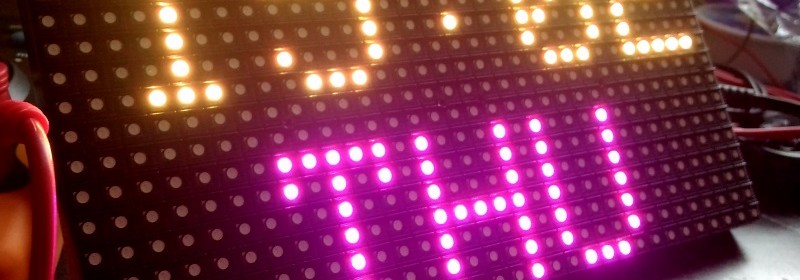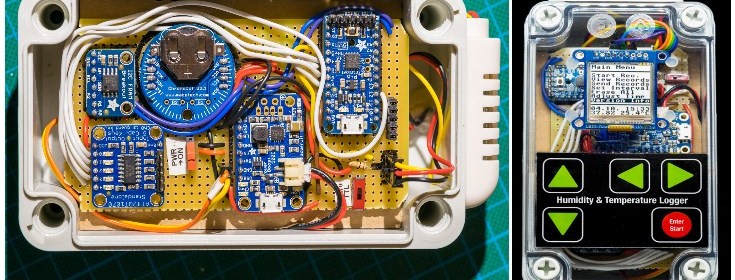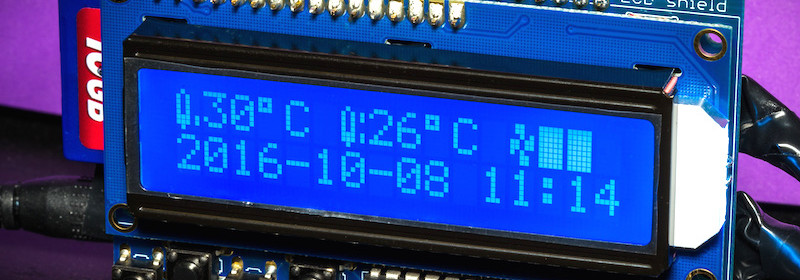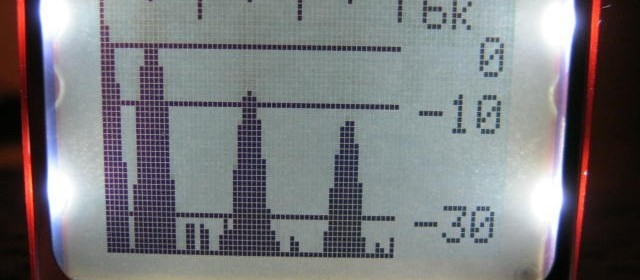RGB matrix displays time and environmental data

Temperature, humidity, and ambient pressure are the key parameters for environmental monitoring. With the advent of MEMS and integrated multi-sensor technologies, it’s been feasible to miniaturize environmental sensors and embed them into portable electronics. BME280 is one such fully integrated environmental unit from Bosch that combines sensors for pressure, humidity, and temperature in a tiny 8-pin metal-lid LGA package of size 2.5 x 2.5 x 0.93 mm³. This article describes how to read the environmental data from BME280 using Arduino and display the data on a 16×32 RGB matrix panel using the RGB driver shield. Things you will need Following items are used
Read more


